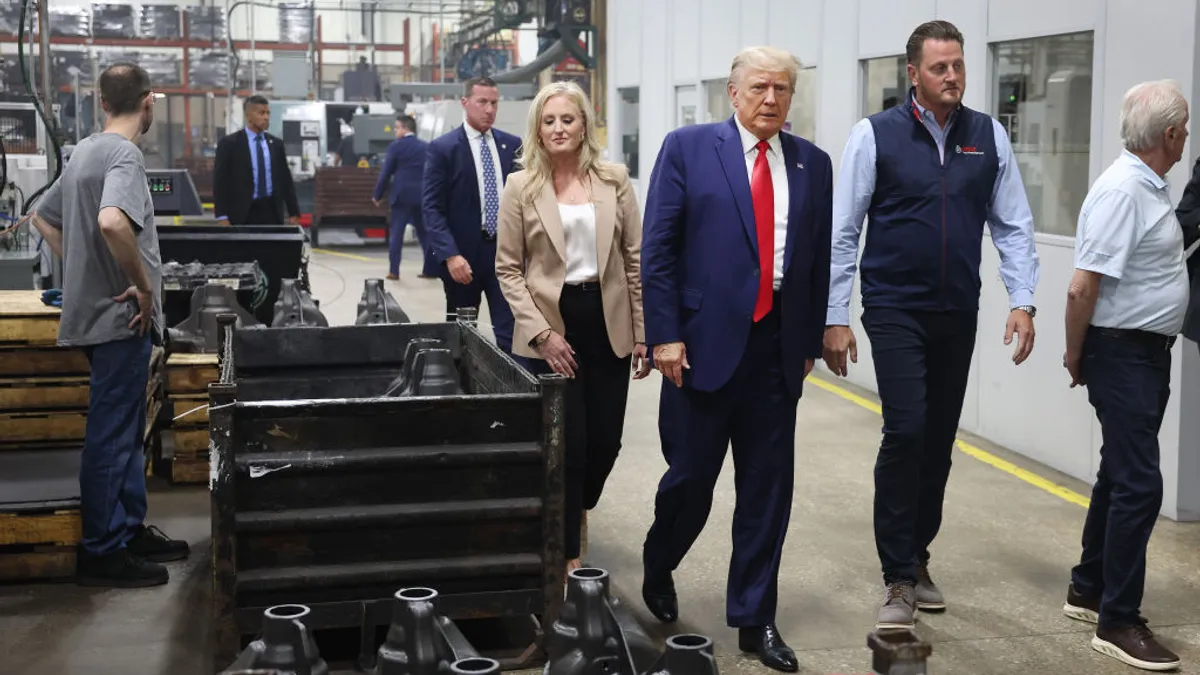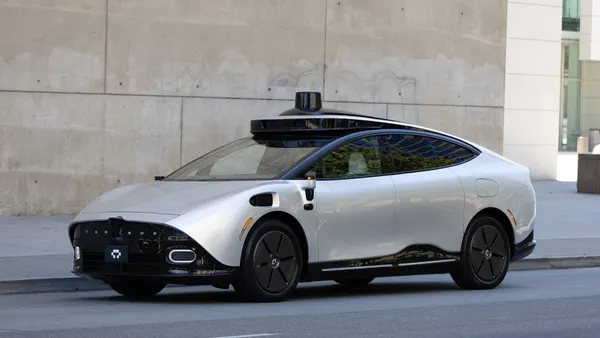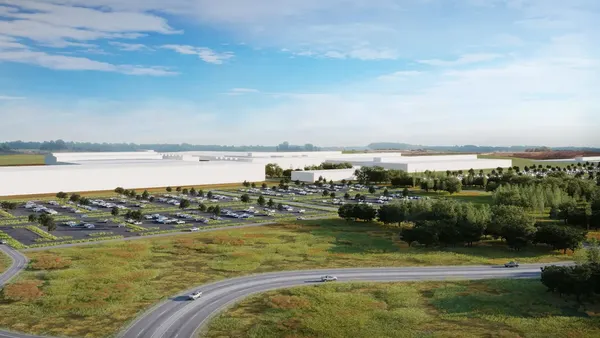Subaru could face a $2.5 billion hit from tariffs unless it takes measures to mitigate the impact, a company spokesperson said in an email to Automotive Dive.
But the automaker is proactively working to avoid that fate by weighing strategies to reduce costs fueled by higher duties on parts and vehicles brought into the U.S., company officials said while discussing its fiscal year 2025 earnings on May 14. Subaru, like other automakers, is exploring boosting domestic production and considering its suppliers’ capacity, the spokesperson said.
The automaker’s only U.S. manufacturing site, located in Lafayette, Indiana, is currently at a normal operating level of around 350,000 units, the spokesperson said, adding that “the plant does have capacity to ramp up.”
Sales in the company’s key North American markets continue to show strong momentum, President and CEO Atsushi Osaki said on the earnings call. Subaru’s best-selling vehicle in the U.S. is the Forester compact SUV, which sold 69,195 units year-to-date through April, a 4.2% year-over-year improvement, the automaker reported.
This bodes well for Subaru's plant in Indiana, where the automaker will start building the vehicles in the fall, Osaki said. The company invested 40 billion yen ($274 million) in the facility where it will manufacture the Forester and Forester Hybrid next spring. Subaru is ending its production run of the Legacy sedan in Indiana this spring and also is ending production of the Outback at the end of the year, according to a company spokesperson.
“The all-new Forester began sales last year in North America and this spring in Japan, and has been met with greater-than-expected reception and demand from customers,” Osaki said.
While Subaru is proceeding with its plan to build the Forester in the U.S. and remains committed to its shift to electrification, Osaki said global uncertainties have moved the company to reevaluate its investment plans.
“Although the business environment is undergoing major changes, we are committed to overcoming these challenges together as one team,” Osaki said.
The uncertainty caused by tariffs has moved Subaru to withhold its future guidance. However, Osaki said that even if the impact of U.S. tariffs continues throughout the fiscal year, it still aims for at least 100 billion yen ($685 million) in operating profits.
“We will strive to further enhance profitability by continuing to improve productivity and create new revenue opportunities,” he said.














